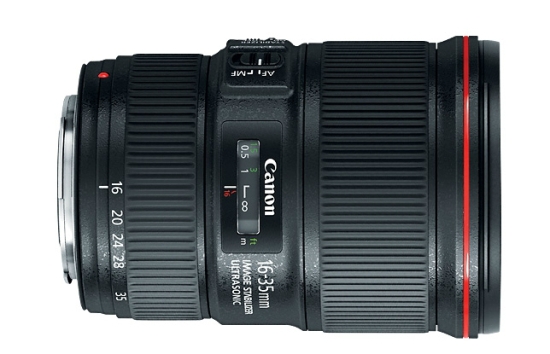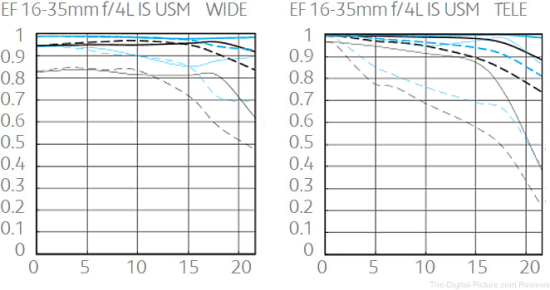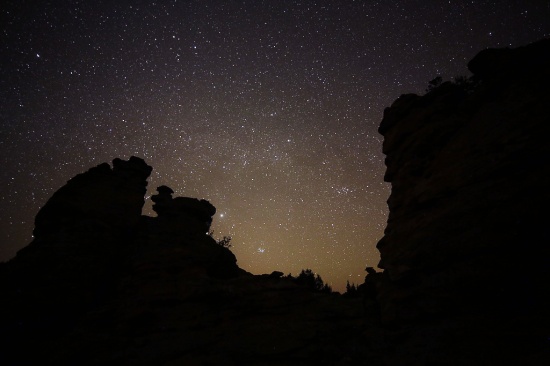Something from Nothing
Monday afternoon I ventured into some the most remote areas of the Bighorn Basin here in Wyoming for an evening of landscape photography and find some locations to work on starscapes during the Delta Aquarids meteor shower that was to peak after midnight. I was looking for interesting foregrounds that I could light paint and include in the composition. I had a particular hoodoo in mind found on a previous visis and hoped it would work for a dramatic might starscape with streaking meteors. By the time I arrived to the location the skies had clouded up making my chances of photographing the meteor show unlikely. I walked out to the rock formation with my 14mm F2.8 lens to look at potential compositions just in case the skies cleared and took a few images. They looked awful on back of the camera. Skies to bright, rocks to dark…. Here is the original.
CLICK ON IMAGE TO ENLARGE
The skies never cleared and I headed home disappointed. When I downloaded the images I took that evening I decided to process the image and see what I could make of it. Working in Lightroom 5 this is what I was able to come up with.
I was pleasantly surprised with what I was able to accomplish without having to go into Photoshop and work with layers and masks, a time consuming process. In Lightroom 5 the local adjustment brushes have become very good and easy to use. The image now, looks,to my eye, like what I saw in the field. These days I really don’t need to work in photoshop very often which suits me just fine. Let me know what you think of the image and the post processing results.
Sign up for our Nature Photography Newsletter


















